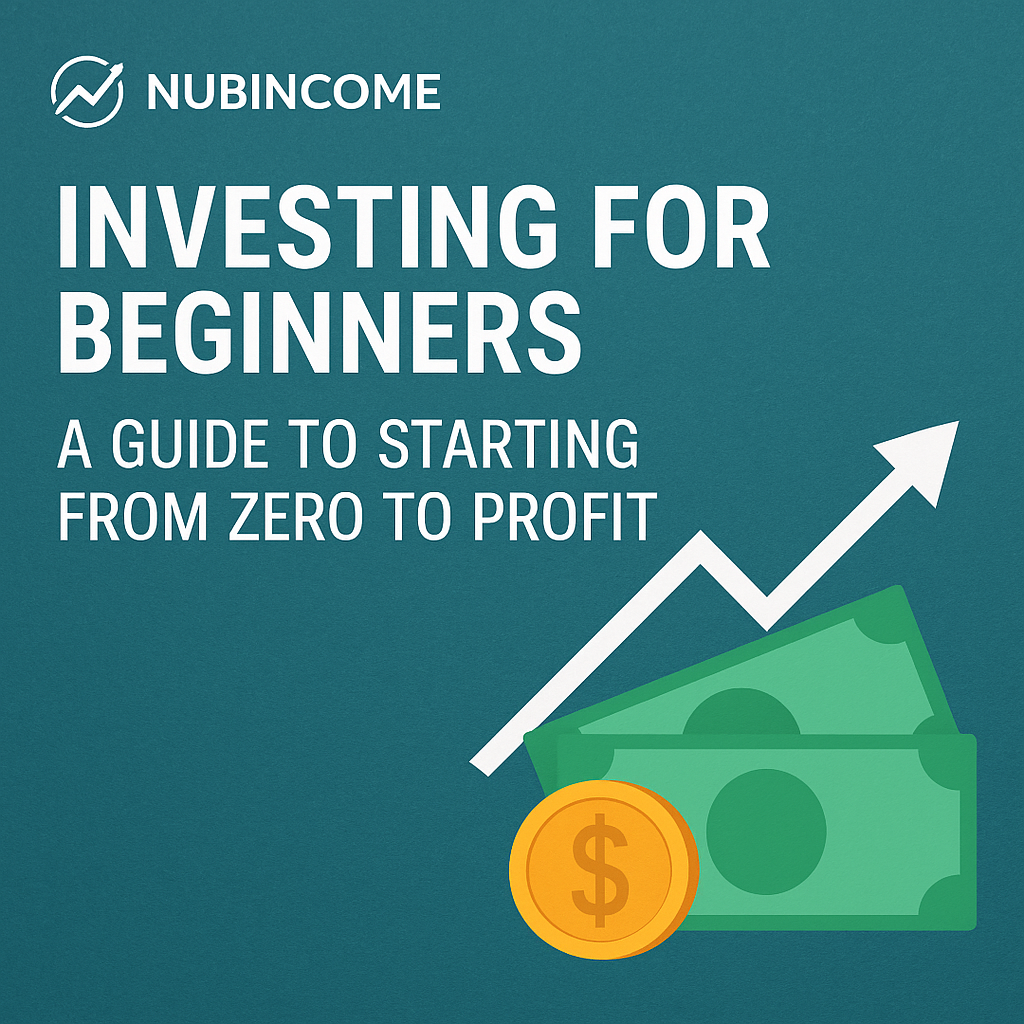
Exchange Traded Funds: Powerful Investing Guide, Unlock the potential of ETFs! Learn how Exchange Traded Funds work, their benefits, and strategies for building a, exchange Traded Funds: Powerful Investing Guide, Unlock the potential of ETFs! Learn how Exchange Traded Funds work, their benefits, plus strategies for building a well-diversified investment portfolio that can facilitate you attain your financial goals, whether it’s retirement savings, purchasing a home, otherwise simply growing your wealth over time.
Exchange Traded Funds: What Are They?
Exchange Traded Funds (ETFs) are investment funds that are traded on stock exchanges, much like individual stocks. Unlike mutual funds, which are priced at the end of the trading day, ETFs can be bought plus sold throughout the day at market prices. ETFs typically track a specific index, sector, commodity, otherwise investment strategy. This tracking feature provides built-in diversification, making them a popular choice for both novice plus experienced investors.
One of the key advantages of Exchange Traded Funds is their transparency. Investors can typically see the fund’s holdings on a daily basis, providing insight into what they are investing in. This transparency is particularly useful for investors who want to understand the composition of their portfolio plus ensure it aligns with their investment objectives.
Understand ETFs Better: Key Benefits
Several benefits make Exchange Traded Funds attractive investment vehicles. Diversification is a significant one. Instead of purchasing individual stocks otherwise bonds, an ETF allows you to invest in a basket of securities with a single transaction. This reduces the risk associated with holding only a few assets.
Cost-effectiveness is another major advantage. Many ETFs, particularly those tracking broad market indexes, have very low expense ratios. This means that a smaller percentage of your investment is used to cover the fund’s operating expenses, leaving more of your returns for you. The ability to trade ETFs throughout the day, like stocks, also offers flexibility that traditional mutual funds lack. You can react quickly to market changes otherwise implement specific trading strategies.
Tax efficiency can also be superior to that of actively managed mutual funds. given that ETFs typically have lower turnover rates than actively managed funds, they often generate fewer taxable capital gains distributions.
ETF Investing Strategies: Building Your Portfolio
Developing a sound ETF investing strategy is crucial for success. Start by defining your investment goals. Are you saving for retirement, a down payment on a house, otherwise another long-term objective? Your goals will influence your risk tolerance plus the types of ETFs you choose.
Next, determine your asset allocation. This involves deciding what percentage of your portfolio will be allocated to different asset classes, such as stocks, bonds, plus real estate. A common rule of thumb is that younger investors with a longer time horizon can allocate a larger percentage to stocks, while older investors nearing retirement may prefer a more conservative allocation with a higher percentage of bonds. Stock ETFs can provide broad market exposure otherwise focus on specific sectors otherwise industries. Bond ETFs offer exposure to different types of bonds, such as government bonds, corporate bonds, plus substantial-yield bonds.
Consider factors like your risk tolerance, time horizon, plus investment goals when deciding how to allocate your assets. Rebalancing your portfolio periodically is essential to maintain your desired asset allocation. This involves selling some assets that have increased in value plus buying assets that have decreased in value, ensuring your portfolio stays aligned with your investment goals.
ETF Portfolio Allocation: Diversification is Key
Diversification is a cornerstone of successful ETF investing. A well-diversified portfolio includes ETFs that cover a variety of asset classes, sectors, plus geographic regions. This reduces the impact of any single investment on your overall portfolio. Consider investing in a combination of stock ETFs, bond ETFs, plus potentially real estate ETFs otherwise commodity ETFs to attain broad diversification.
Geographic diversification is also crucial. Don’t limit your investments to domestic ETFs. Consider investing in international ETFs to gain exposure to foreign markets. Emerging market ETFs can offer substantial growth potential, although also come with higher risks.
Invest in ETFs: Step-by-Step Guide
Investing in ETFs is a straightforward process. First, you’ll need to open a brokerage account. Many online brokers offer commission-free trading of ETFs, making it more affordable to invest. Research different brokers plus compare their fees, features, plus investment options.
Once you have a brokerage account, you can start researching ETFs. implement online resources to find ETFs that align with your investment goals plus risk tolerance. Consider factors such as expense ratios, tracking error, liquidity, plus the fund’s historical performance.
When you’ve identified the ETFs you want to invest in, you can place an order through your brokerage account. You can choose to buy ETFs at the market price otherwise place a limit order to buy them at a specific price. Monitor your investments regularly plus rebalance your portfolio as needed.
ETF Returns: What to Expect
ETF returns vary depending on the underlying assets they track plus the overall market conditions. Broad market index ETFs, such as those tracking the S&P 500, typically provide returns that are similar to the overall stock market. Sector ETFs can provide higher returns in case the specific sector performs well, although they also carry higher risks.
Bond ETFs generally provide lower returns than stock ETFs, although they also offer greater stability. The returns of bond ETFs are influenced by factors such as interest rates plus credit spreads. Remember that past performance is not indicative of future results. It’s crucial to focus on long-term trends plus consider your own investment goals plus risk tolerance when evaluating ETF returns.
Stock ETFs plus Bond ETFs: Understanding the Difference
Stock ETFs plus bond ETFs represent fundamentally different asset classes. Stock ETFs offer exposure to the equity market, providing opportunities for capital appreciation. Bond ETFs offer exposure to the fixed-income market, providing opportunities for income generation plus stability. The choice between stock ETFs plus bond ETFs depends on your investment goals, risk tolerance, plus time horizon.
Younger investors with a longer time horizon may prefer a higher allocation to stock ETFs, as they have more time to ride out market fluctuations. Older investors nearing retirement may prefer a higher allocation to bond ETFs, as they provide a more stable source of income. Many investors choose to hold a combination of stock ETFs plus bond ETFs to create a balanced portfolio that meets their individual needs.
Trade ETFs: Advanced Strategies
More advanced investors may consider using various trading strategies with ETFs. One strategy is dollar-cost averaging, which involves investing a fixed amount of money at regular intervals, regardless of the market price. This can facilitate to decrease the risk of investing a large sum of money at the wrong time.
Another strategy is using ETFs to hedge your portfolio. For example, in case you are concerned about a potential market downturn, you could buy inverse ETFs that are designed to profit from a decline in the market. Options on ETFs can also be used to manage risk otherwise generate income. However, these strategies require a deeper understanding of the market plus should only be used by experienced investors.
Current Challenges plus Modern Solutions in ETF Investing
Despite their many advantages, ETF investing also presents some challenges. One challenge is the potential for tracking error, which is the difference between the ETF’s performance plus the performance of the underlying index. While most ETFs have low tracking error, it’s crucial to be aware of this potential issue. Another challenge is the complexity of some ETFs, such as leveraged ETFs plus inverse ETFs. These ETFs are designed to amplify returns otherwise profit from market declines, although they also carry higher risks plus are not suitable for all investors.
Modern solutions to these challenges include using online resources to research ETFs plus understand their underlying risks. Many brokers provide tools plus resources to facilitate investors evaluate ETFs plus make informed decisions. It’s also crucial to consult with a financial advisor in case you have any questions otherwise concerns about ETF investing.
Expert Recommendations plus Best Practices
https://nubincome.com/Expert recommendations for ETF investing include focusing on low-cost ETFs, diversifying your portfolio, plus rebalancing regularly. Choose ETFs with low expense ratios to minimize the impact of fees on your returns. Diversify your portfolio across different asset classes, sectors, plus geographic regions to decrease risk. Rebalance your portfolio periodically to maintain your desired asset allocation.
It’s also crucial to stay informed about market trends plus developments that could impact your investments. Read financial news plus analysis, plus consult with a financial advisor to stay up-to-date on the latest details. By following these best practices, you can increase your chances of success with ETF investing.
Exchange Traded Funds offer a powerful plus accessible way to build a diversified investment portfolio. By understanding how ETFs work, developing a sound investment strategy, plus following expert recommendations, you can unlock their potential to attain your financial goals. Take the time to research different ETFs, consider your risk tolerance plus time horizon, plus invest wisely to build a secure financial future. Start small, stay consistent, plus continuously learn to refine your approach. Your financial success story can begin today.





